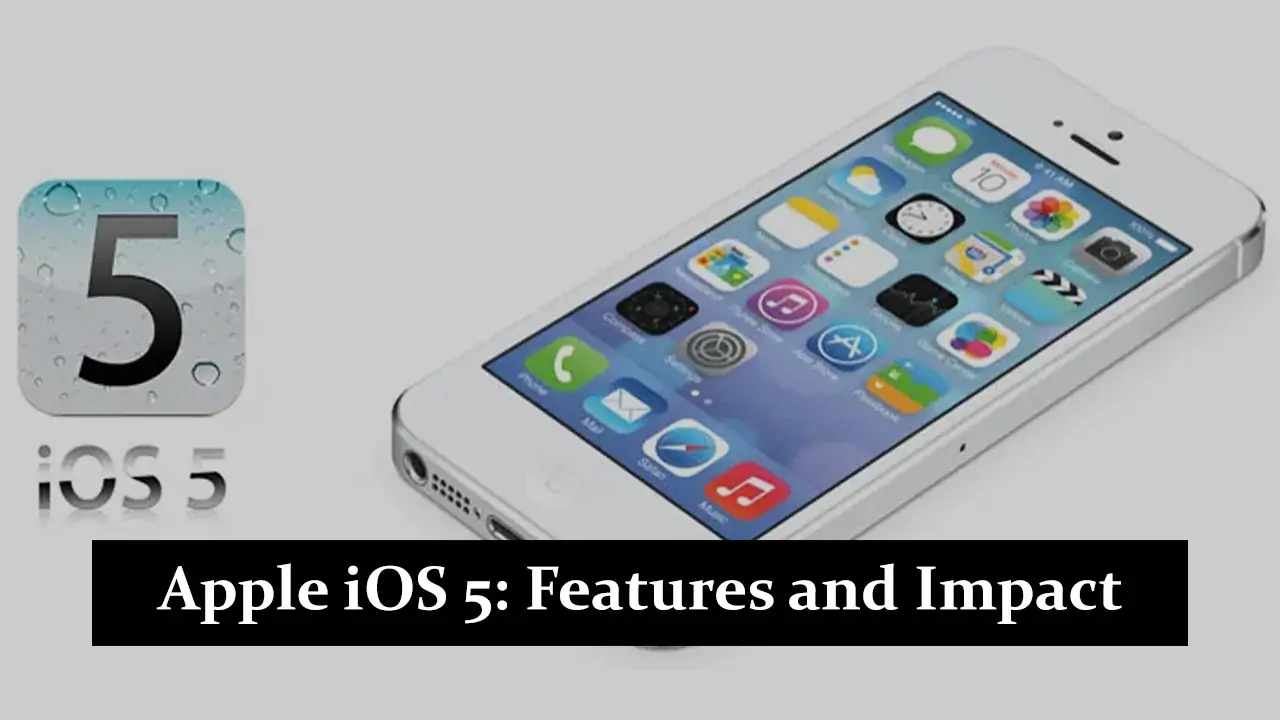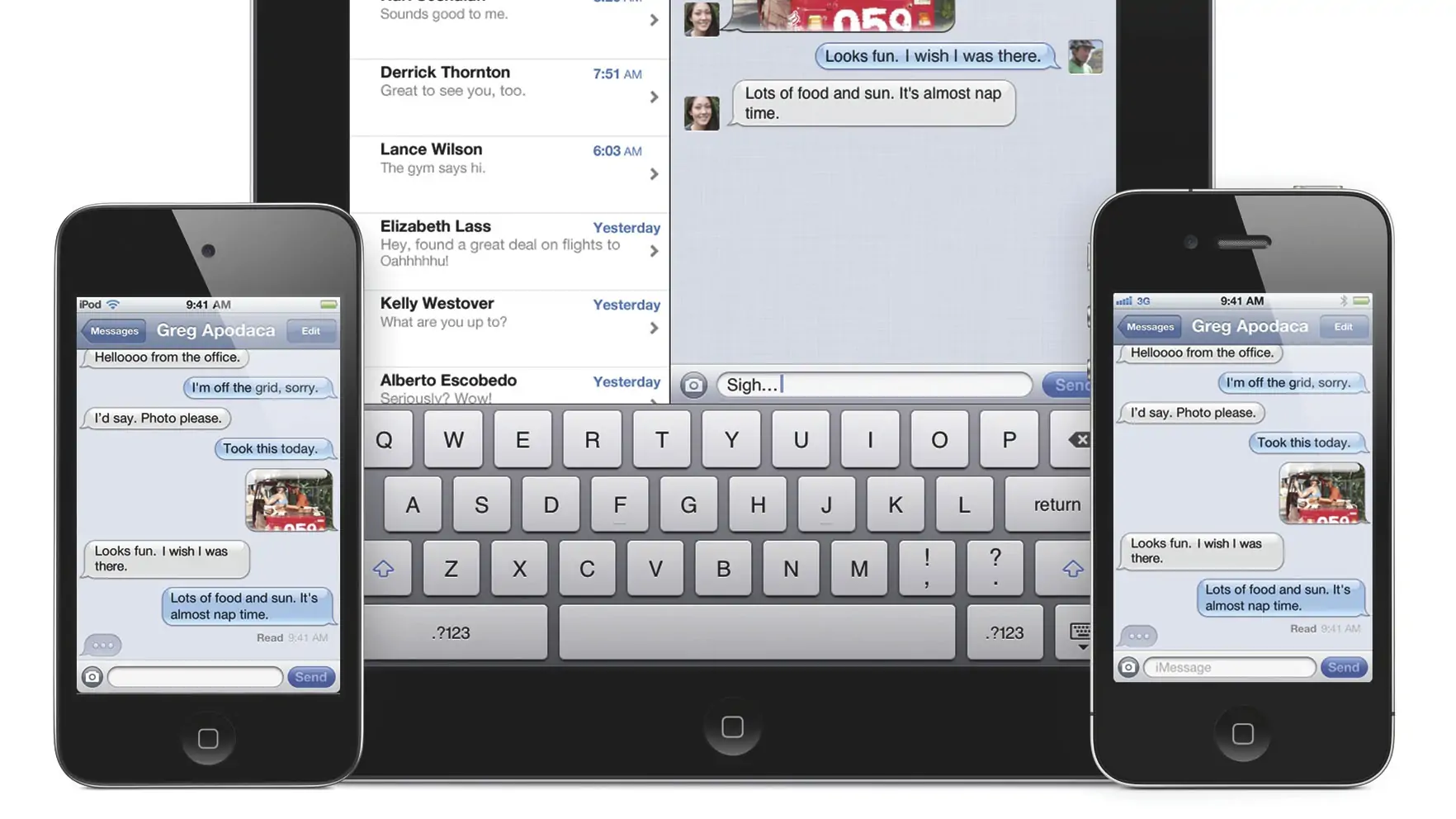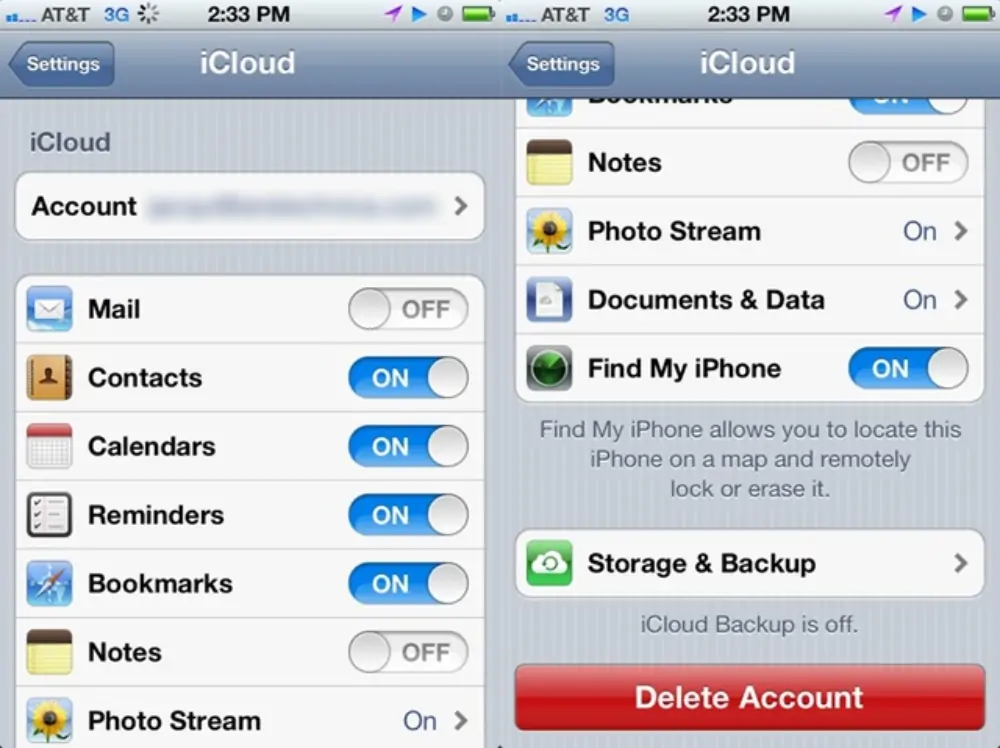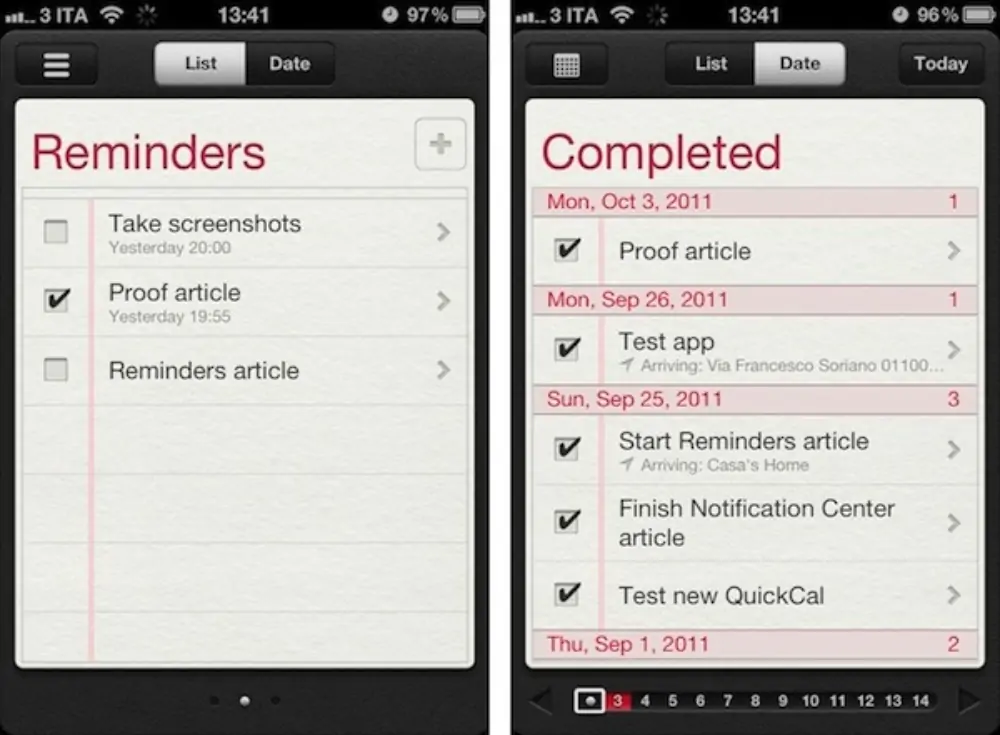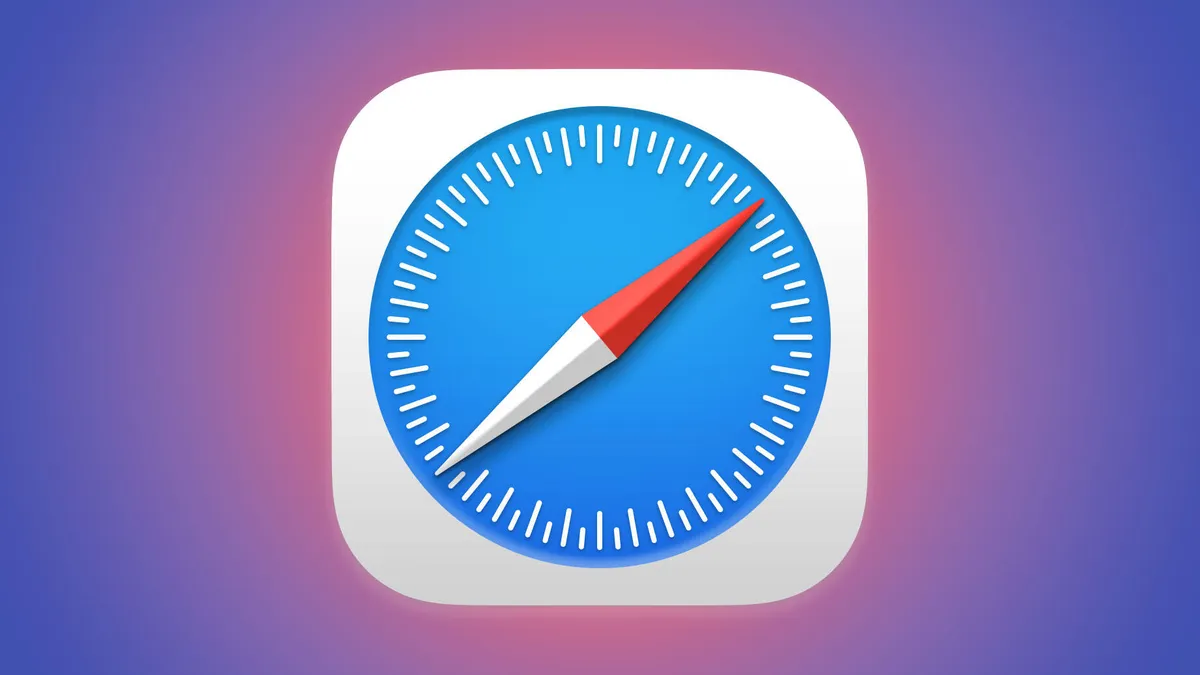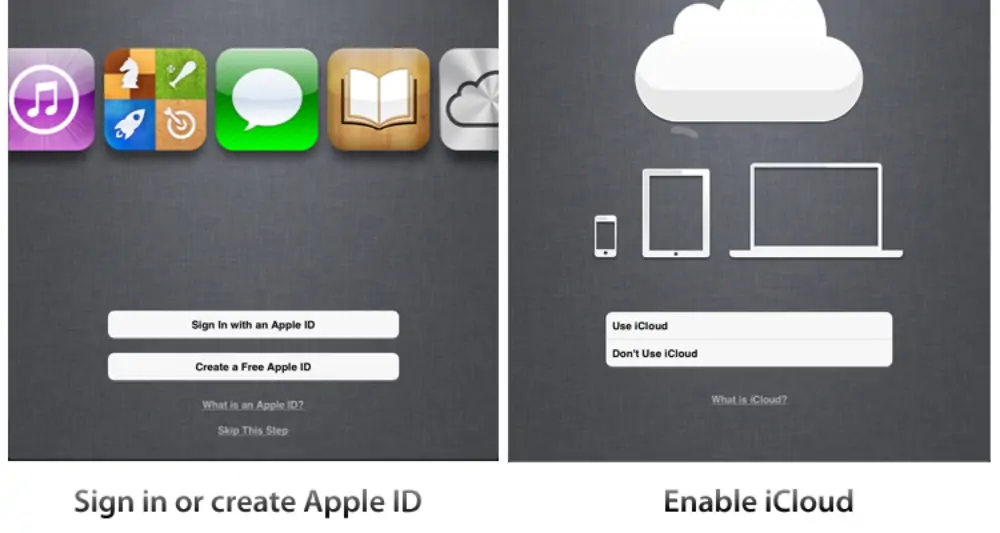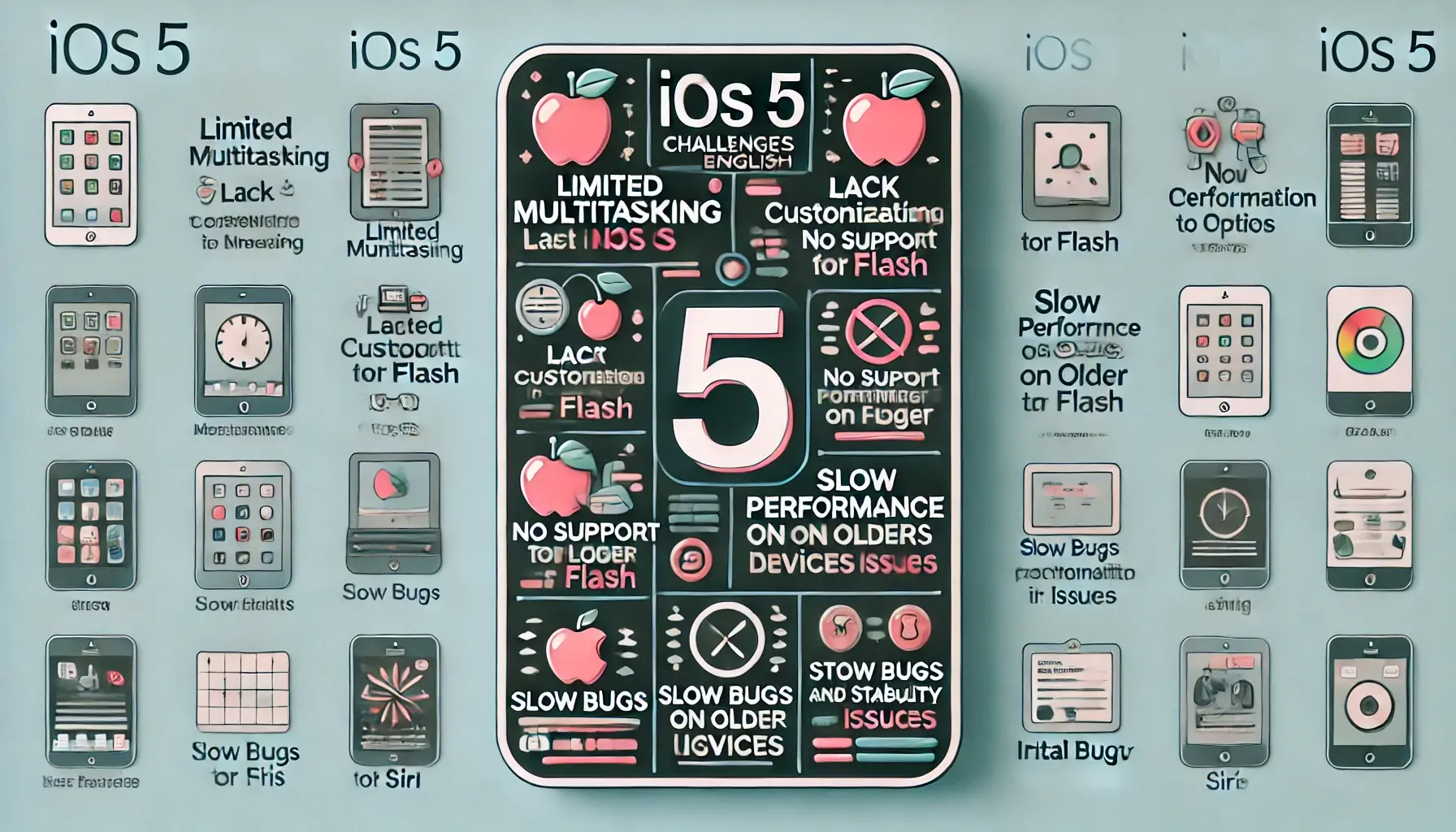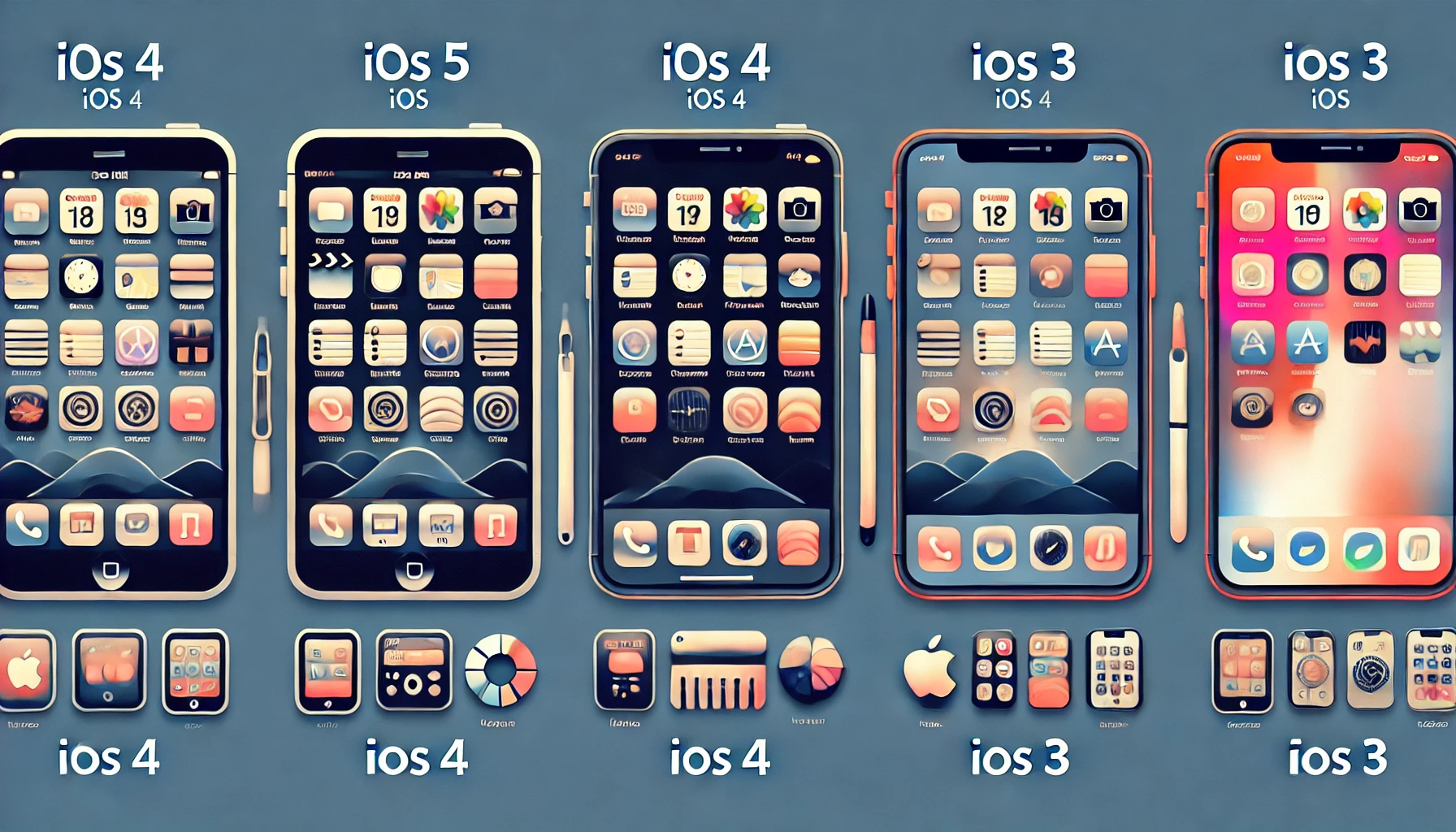iOS 5, launched on October 12, 2011, marked a significant evolution in Apple’s mobile operating system, introducing over 200 new features. This update brought notable improvements like Notification Center, iMessage, and iCloud integration, enhancing user experience and system functionality. The initial reception was overwhelmingly positive, with users and critics praising its seamless performance and enhanced capabilities. As a pivotal release, iOS 5 set the stage for future advancements in Apple’s iOS ecosystem. It built upon the robust foundation of its predecessors, further solidifying Apple’s reputation for innovation.
Key Features and Enhancements
Notification Center
iOS 5 introduced the Notification Center, giving users a centralized place to view and manage notifications.
- Customizable Notifications: Users can customize notifications to suit their preferences, choosing how and where alerts appear.
- Integration with Apps: The Notification Center integrates with various apps, allowing users to access and manage notifications efficiently.
iMessage
- Features of iMessage: iMessage was introduced, offering free messaging between iOS devices with features like read receipts, group messaging, and multimedia sharing.
- Comparison with Traditional SMS: iMessage provided a richer messaging experience than traditional SMS, with no extra charges for sending messages over Wi-Fi or cellular data.
- Integration Across Devices: iMessage was integrated across all iOS devices, ensuring messages could be accessed and synced seamlessly.
iCloud
iCloud was launched, providing cloud storage and synchronization services for iOS users.
- Features and Benefits: iCloud offers automatic backup, document storage, and app data synchronization, enhancing data security and accessibility.
- Impact on Storage and Data Synchronization: iCloud significantly improved storage management and data synchronization across devices, making it easier to maintain up-to-date information.
Newsstand
- Purpose and Functionality: Newsstand was designed to organize and present digital magazine and newspaper subscriptions in one place.
- Integration with Magazines and Newspapers: It provided easy access to the latest issues, with automatic background downloads ensuring content was always up-to-date.
Reminders
The Reminders app was introduced, helping users organize tasks and set alerts.
- Features and Usability: The app offered location-based reminders and recurring tasks, improving personal productivity.
- Syncing with iCloud: Reminders were synced with iCloud, ensuring tasks were accessible across all iOS devices.
Twitter Integration
- System-wide Twitter Integration: iOS 5 featured system-wide Twitter integration, making it easy to tweet from various apps like Photos, Safari, and Maps.
- Easy Sharing from Various Apps: This integration simplified the process of sharing content, allowing users to tweet directly from multiple apps.
Camera Enhancements
- New Features in the Camera App: The Camera app saw several enhancements, including grid lines, pinch-to-zoom, and single-tap focus.
- Volume Button Shutter Functionality: Users could use the volume button as a shutter, providing a more familiar way to take photos.
- Lock Screen Access to Camera: A shortcut on the lock screen allowed quick access to the Camera app, reducing the time needed to capture spontaneous moments.
Safari Improvements
- New Features in Safari Browser: Safari received significant updates, including improved performance and user interface enhancements.
- Reading List: The Reading List feature allowed users to save articles for later reading, even offline.
- Tabbed Browsing on iPad: Tabbed browsing was introduced to the iPad, providing a more desktop-like browsing experience.
Mail Enhancements
- Improved Mail App Features: The Mail app was enhanced with rich text formatting, draggable addresses, and improved search capabilities.
- Rich Text Formatting: Users can now format their emails with bold, italics, and underlined, adding more expression.
- Flagging and Searching Emails: The ability to flag emails and improved search functionality made managing and finding important emails easier.
PC-Free Setup
iOS 5 introduced a PC-free setup, allowing devices to be activated and updated without needing a computer.
- Over-the-air Software Updates: Users can now receive software updates directly on their devices, simplifying the update process.
- iCloud Backup and Restore: iCloud offers backup and restore features, making it easier to keep data safe and restore it when needed.
Performance and Stability
Improvements in Performance
iOS 5 brought significant performance improvements, optimizing the operating system to run more smoothly and efficiently. This included faster app launches, quicker multitasking, and overall enhanced responsiveness.
Stability Enhancements
Stability was a key focus in iOS 5, with numerous bug fixes and under-the-hood changes that reduced crashes and improved the system’s reliability. This resulted in a more dependable and consistent user experience.
Battery Life Improvements
iOS 5 also addressed battery life, with various optimizations to reduce power consumption. These improvements helped users get more usage out of their devices between charges, making iOS 5 not only more powerful but also more energy-efficient.
Compatibility and Device Support
List of Devices Supported by iOS 5
iOS 5 was compatible with a range of Apple devices, including:
Discussion on Older Device Performance
While iOS 5 was designed to enhance performance across all supported devices, older models such as the iPhone 3GS and the original iPad experienced varying results. Some users noted a decline in speed and occasional lag, likely due to the increased demands of the new features. However, the overall functionality remained robust, ensuring that even older devices could benefit from the update’s key enhancements and improved user experience.
Developer Features
New APIs and Developer Tools
iOS 5 introduced a host of new APIs and developer tools, empowering developers to create more powerful and innovative apps. These included enhancements to the Core Image framework for image processing, new features in Game Center, and support for iCloud storage, enabling seamless data synchronization across devices. The introduction of Storyboards in Xcode streamlined the process of designing user interfaces, making it easier for developers to build and manage complex app workflows.
Impact on App Development
The new APIs and tools profoundly impacted app development, allowing developers to leverage the latest technologies and create more engaging and feature-rich applications. Integrating iCloud enabled developers to offer seamless data sync and storage solutions, while the improved graphics and image processing capabilities opened up new possibilities for visually stunning apps. The overall result was a surge in the quality and functionality of apps available on the App Store, contributing to the growing popularity and versatility of the iOS ecosystem.
Challenges Faced by iOS 5
Initial Bugs and Glitches
- Early Bugs and Issues Reported by Users: Upon its release, iOS 5 faced several initial bugs and glitches. Users reported app crashes, screen freezes, and unresponsive interfaces.
- Software Stability Problems: Stability problems were a notable concern, with some users experiencing frequent system crashes and reboot loops, which affected the operating system’s overall reliability.
- Battery Drain Issues: Another major challenge was battery drain. Many users noticed a significant decrease in battery life after updating to iOS 5, prompting Apple to release subsequent updates to address these concerns.
Adoption of iCloud
- User Concerns About Privacy and Security: The introduction of iCloud raised concerns about privacy and data security. Users were apprehensive about storing personal information in the cloud, fearing potential breaches and unauthorized access.
- Challenges in Data Migration to iCloud: Data migration to iCloud posed challenges, with some users needing help transferring their existing data and syncing across devices.
- iCloud Service Reliability: The reliability of the iCloud service was also questioned, with occasional outages and syncing issues affecting user trust in the new cloud-based solution.
Compatibility Issues
- Performance on Older Devices: Older devices like the iPhone 3GS and the original iPad struggled to keep up with iOS 5’s demands, resulting in slower performance and occasional lag.
- App Compatibility Challenges: Some apps faced compatibility issues with iOS 5, leading to crashes or reduced functionality until developers could release updates.
- Hardware Limitations: Hardware limitations of older devices restricted the full utilization of iOS 5’s new features, leading to a less optimal user experience than newer models.
User Adaptation
- The Learning Curve for New Features: Introducing new features like Notification Center and iMessage introduced a learning curve for users, requiring time to adjust and fully utilize these enhancements.
- Adjustments to the Notification Center and iMessage: Adapting to the Notification Center and iMessage required users to modify their interaction habits and explore the new functionalities offered.
- User Feedback on Changes: User feedback on the changes was mixed, with some appreciating the new features and others finding the adjustments challenging and less intuitive.
Developer Adjustments
- Adapting Apps to New APIs: Developers had to adapt their apps to the new APIs introduced in iOS 5, which involved significant effort to integrate and leverage the new functionalities.
- Challenges in Leveraging New Features: Fully utilizing new features, such as iCloud integration and advanced graphics capabilities, posed challenges, requiring developers to rework substantial portions of their apps.
- Time Required for App Updates: Updating apps to be compatible with iOS 5 and taking advantage of its new features demanded time and resources, delaying the availability of optimized apps in the App Store.
Comparison with Previous Versions
iOS 5 marked a significant upgrade from iOS 4, introducing key differences such as the Notification Center for efficient alert management and iMessage for free messaging over Wi-Fi and cellular data. Integrating iCloud enabled seamless cloud storage and synchronization across devices, while the PC-free setup allowed for device activation and updates without a computer. New apps like Newsstand and Reminders, along with system-wide Twitter integration, enhanced functionality.
Conclusion
iOS 5 introduced transformative features like Notification Center, iMessage, and iCloud, significantly enhancing user experience and setting new standards for mobile operating systems. These innovations not only improved functionality and convenience but also laid the groundwork for future advancements in the iOS ecosystem. The impact of iOS 5 is still evident today, highlighting its significance as a pivotal release in Apple’s software history.
